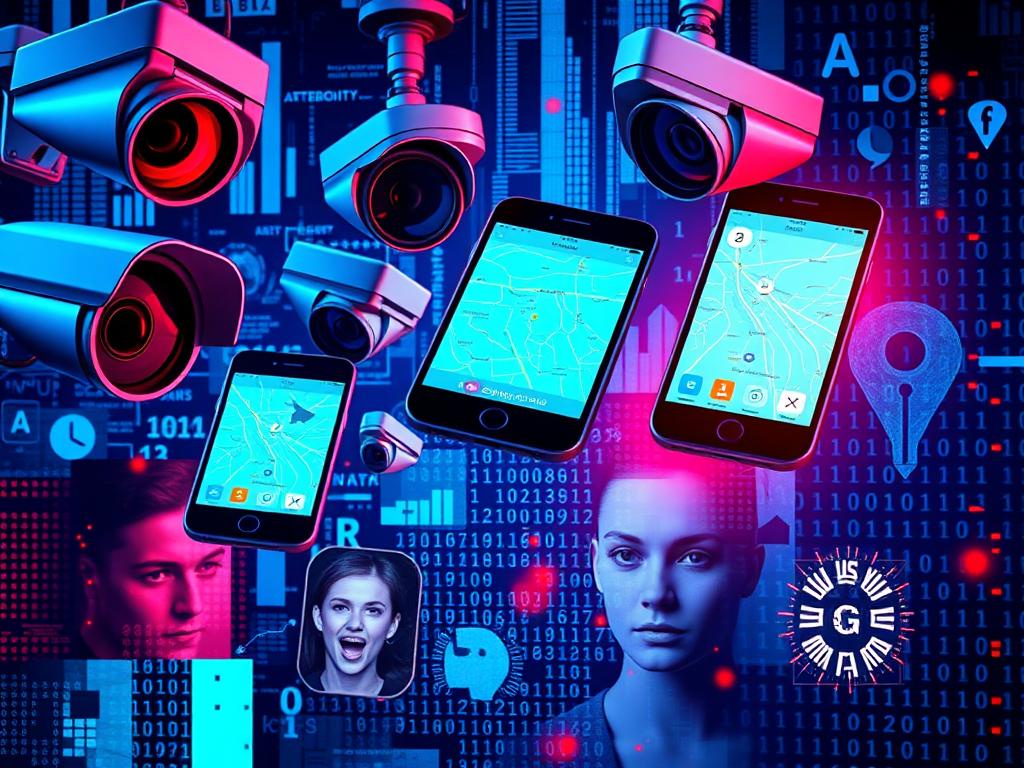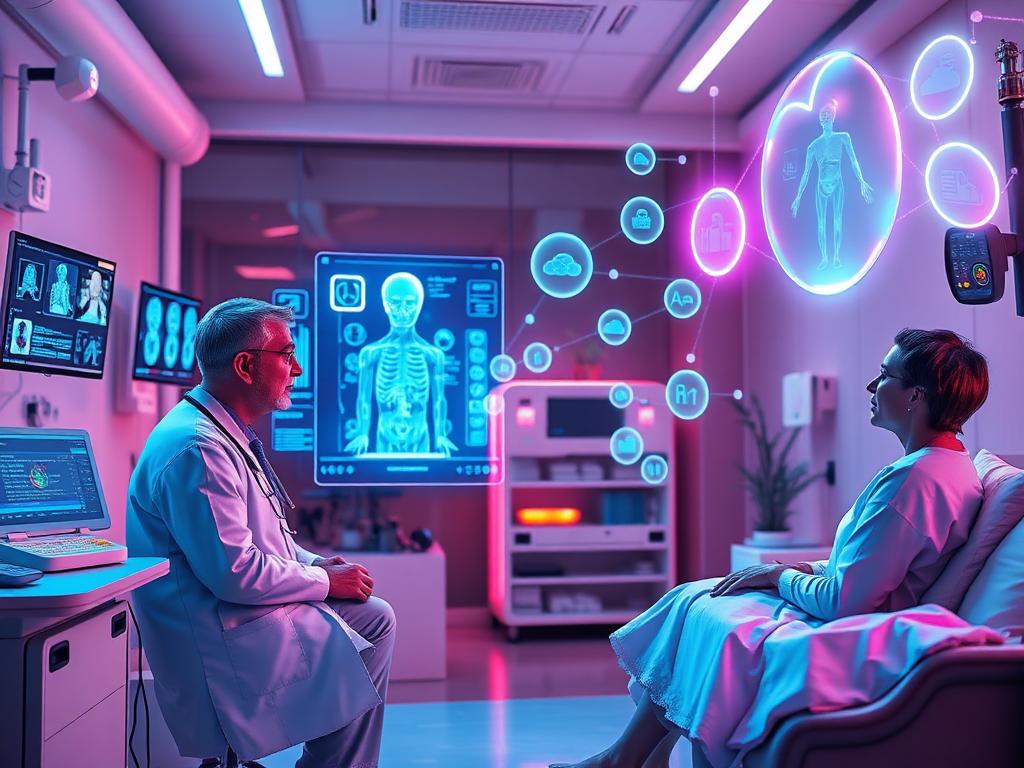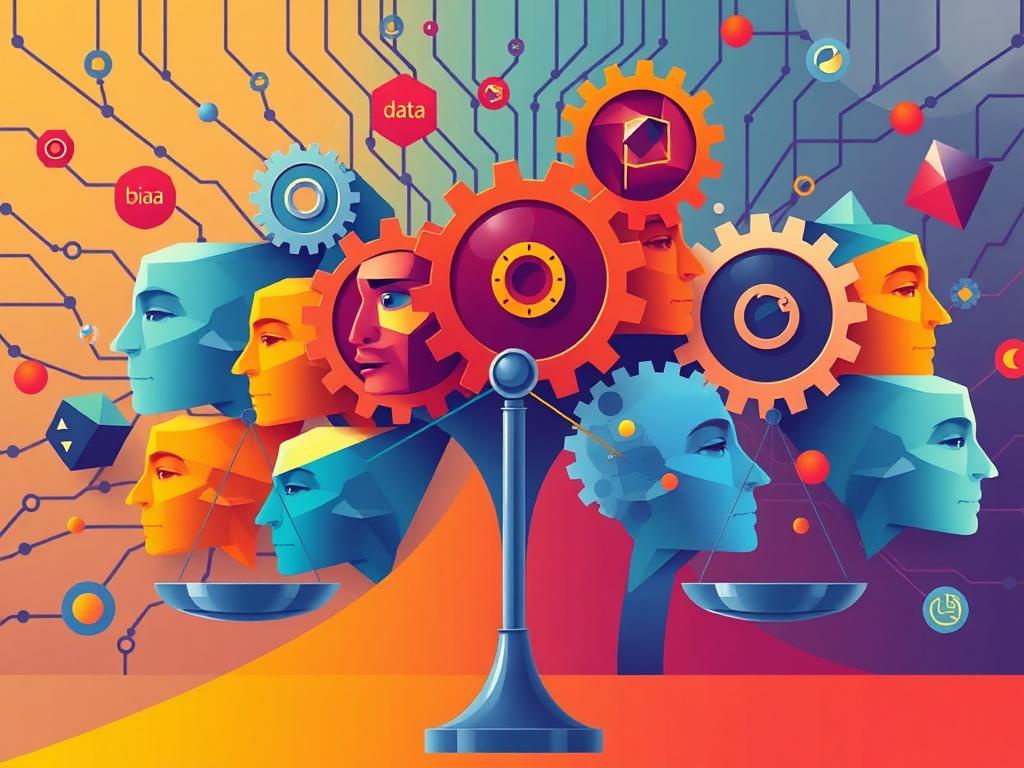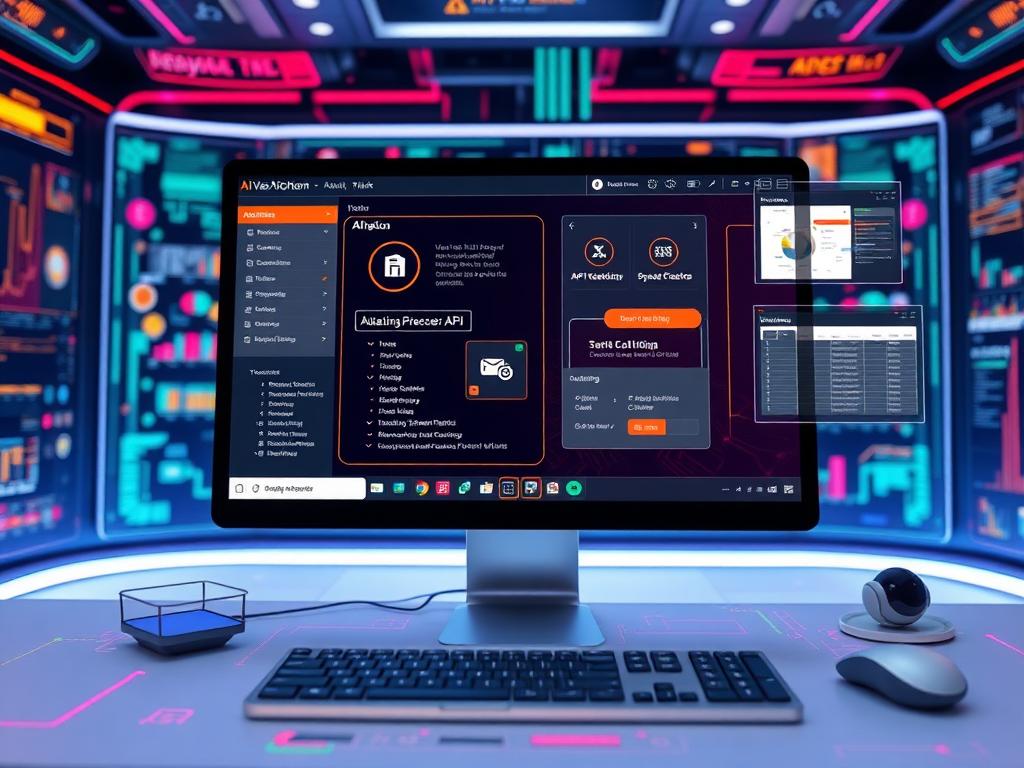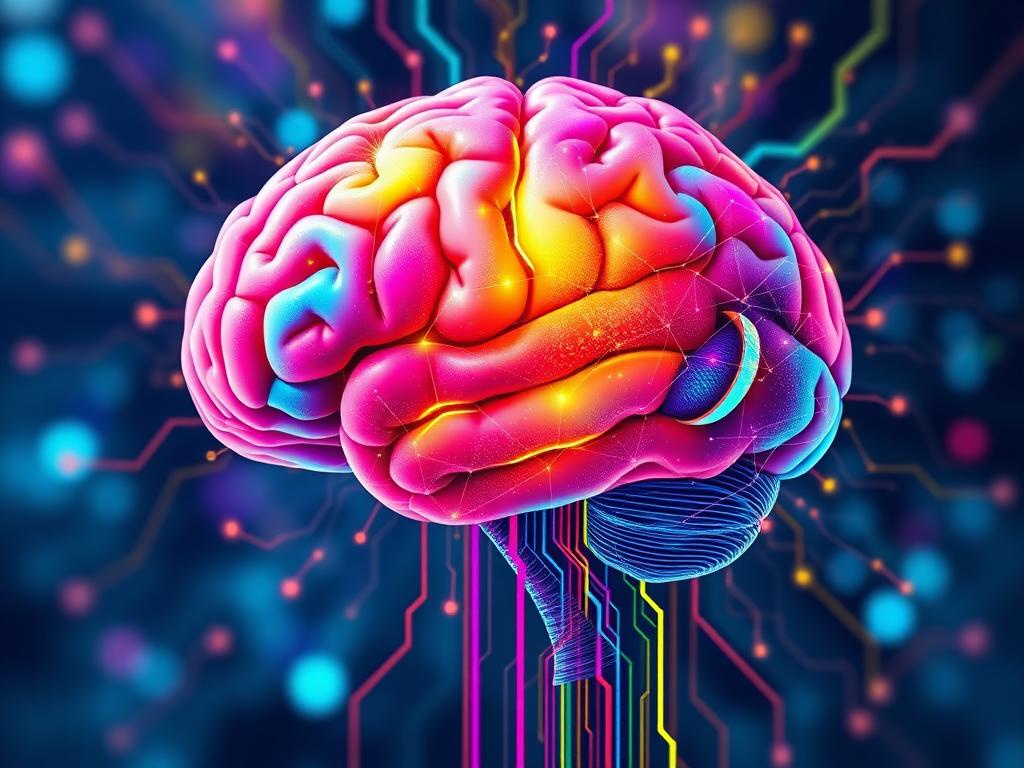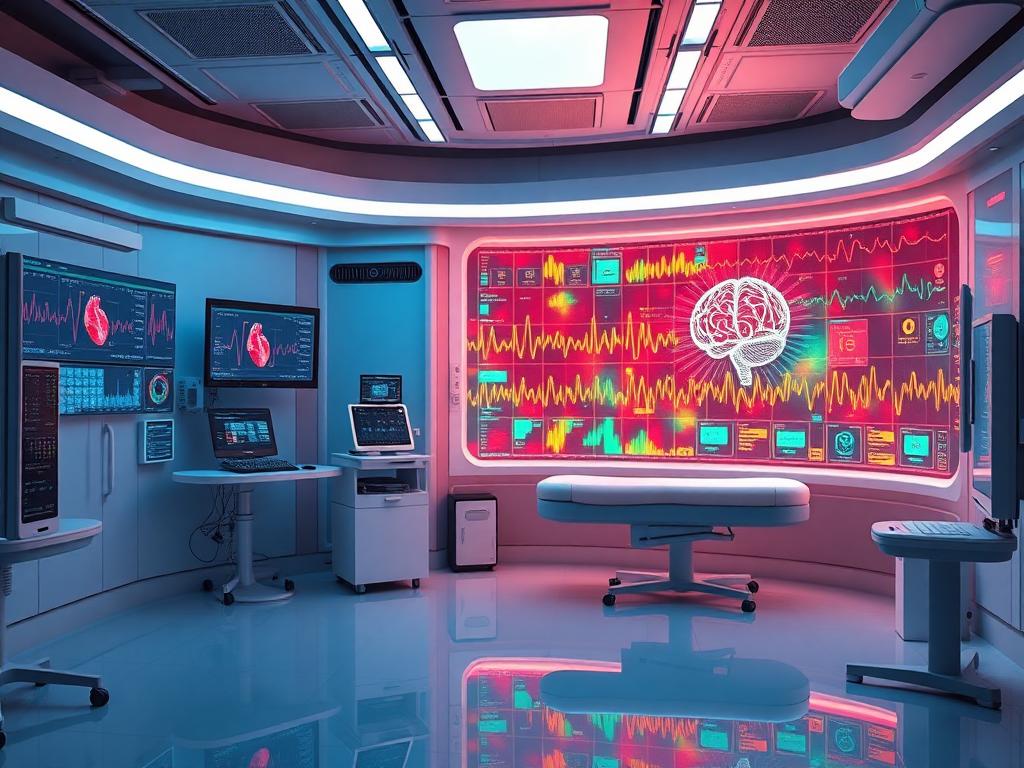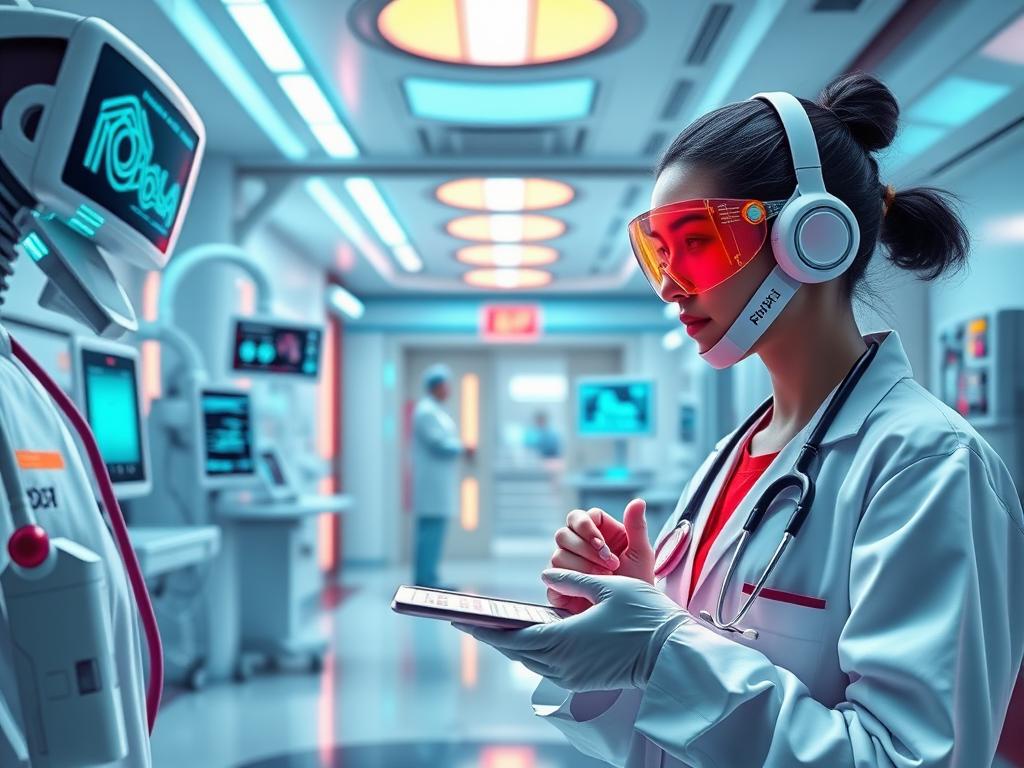
Top 10 Healthcare Trends for 2025
Discover the top 10 groundbreaking healthcare and medical technology trends for 2025, from practical longevity to AI scribes and beyond.
Practical Longevity Takes Center Stage
By 2025, practical longevity will become a key focus in healthcare. While longevity research has been around for decades, practical longevity emphasizes maximizing lifespan through data-driven medical screenings, lifestyle changes, and advanced technologies like generative AI and digital health tools. This trend is gaining momentum with figures like Bryan Johnson and Eric Topol leading the charge.
AI Scribes Revolutionize Healthcare Documentation
AI scribes are set to transform the way physicians document patient interactions. Unlike traditional voice-to-text applications, AI scribes understand context and can convert conversations into medical records. This innovation allows doctors to spend more time with patients and less on administrative tasks.
GLP-1 Agonists and Digital Health Integration
GLP-1 agonists, such as Ozempic, are changing the game for weight loss and diabetes management. However, their effectiveness relies on digital health technologies that support calorie reduction and exercise programs. Collaboration between pharma and digital health companies is essential for maximizing the benefits of these medications.
Continuous Glucose Monitors for All
Continuous glucose monitors (CGMs) are not just for diabetics. These devices offer valuable insights into how diet affects blood sugar levels, mental health, and productivity. By leveraging CGMs, even non-diabetic individuals can optimize their health and wellness.
Generative AI in Healthcare Spectrum
Generative AI is poised to revolutionize healthcare with over 1,000 FDA-approved AI-based technologies. Marketplaces for generative AI applications will enable physicians and hospitals to implement these tools without developing their own models, driving efficiency and innovation.
Small Language Models for Accessibility
Small language models (SLMs) are emerging as a viable alternative to large language models (LLMs) for global users. These models can run on smartphones without internet access, making generative AI more accessible to billions of people worldwide.
Futures Methods Go Mainstream
The adoption of established Futures methods is essential for advancing therapeutic and medical fields. This approach encourages evidence-based predictions and strategic planning, ensuring that healthcare innovations are grounded in rigorous analysis.
Wearables Evolve into Digital Therapeutics
Wearables are no longer just for tracking vital signs. Companies are now developing AI-powered wearables that function as digital therapeutic devices, offering advanced health monitoring and intervention capabilities.
AI Joins the Medical Team
Artificial intelligence is becoming an integral part of the medical team, working alongside patients and healthcare professionals. For example, AI-based skin-checking applications assist dermatologists in monitoring skin lesions between in-person visits.
Challenges for Expensive Hardware Solutions
While innovations like 3D printing, robotic exoskeletons, and virtual reality hold promise, their high costs pose challenges for widespread adoption in healthcare. Companies must find ways to make these technologies more accessible to succeed in the market.






